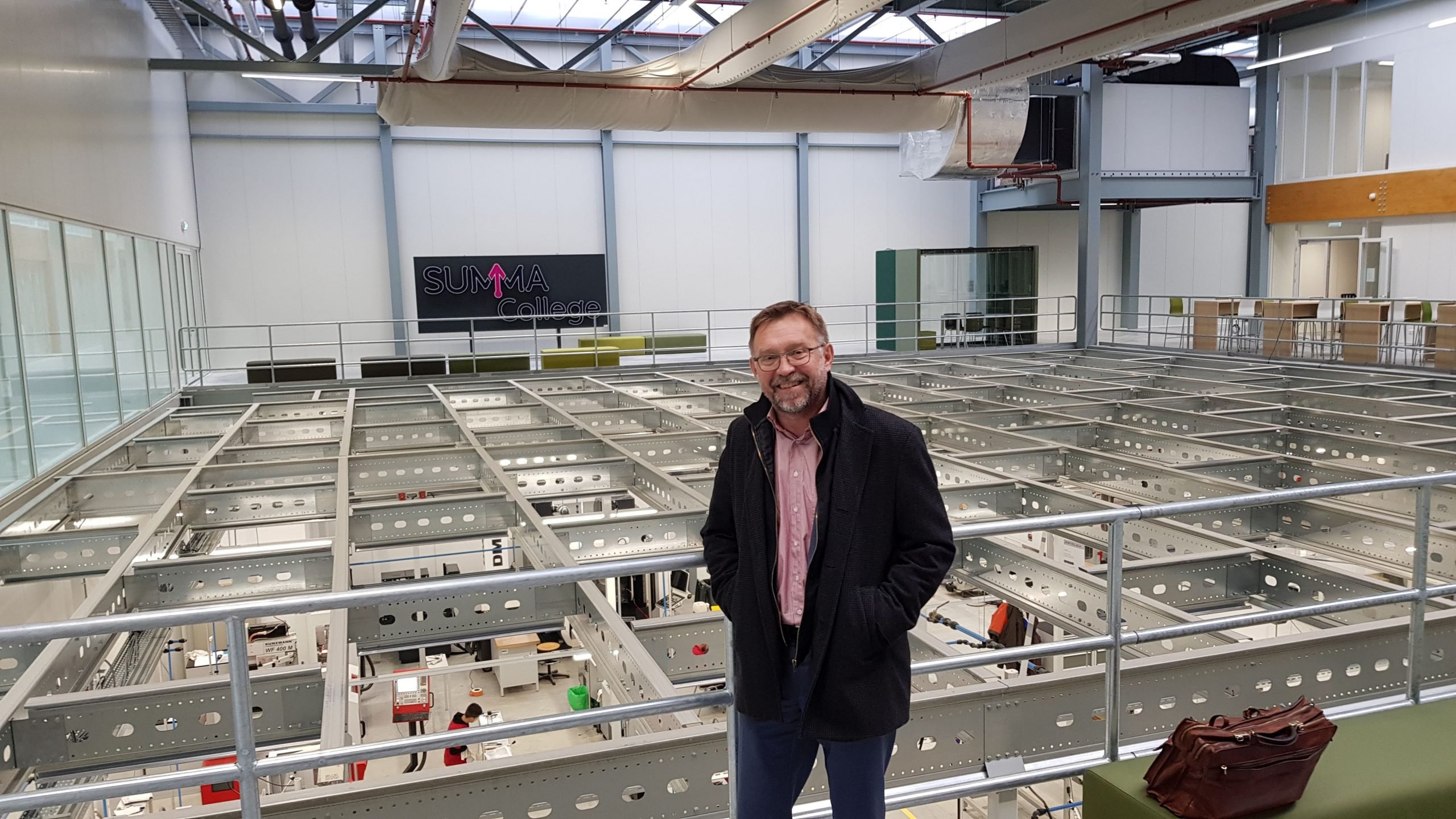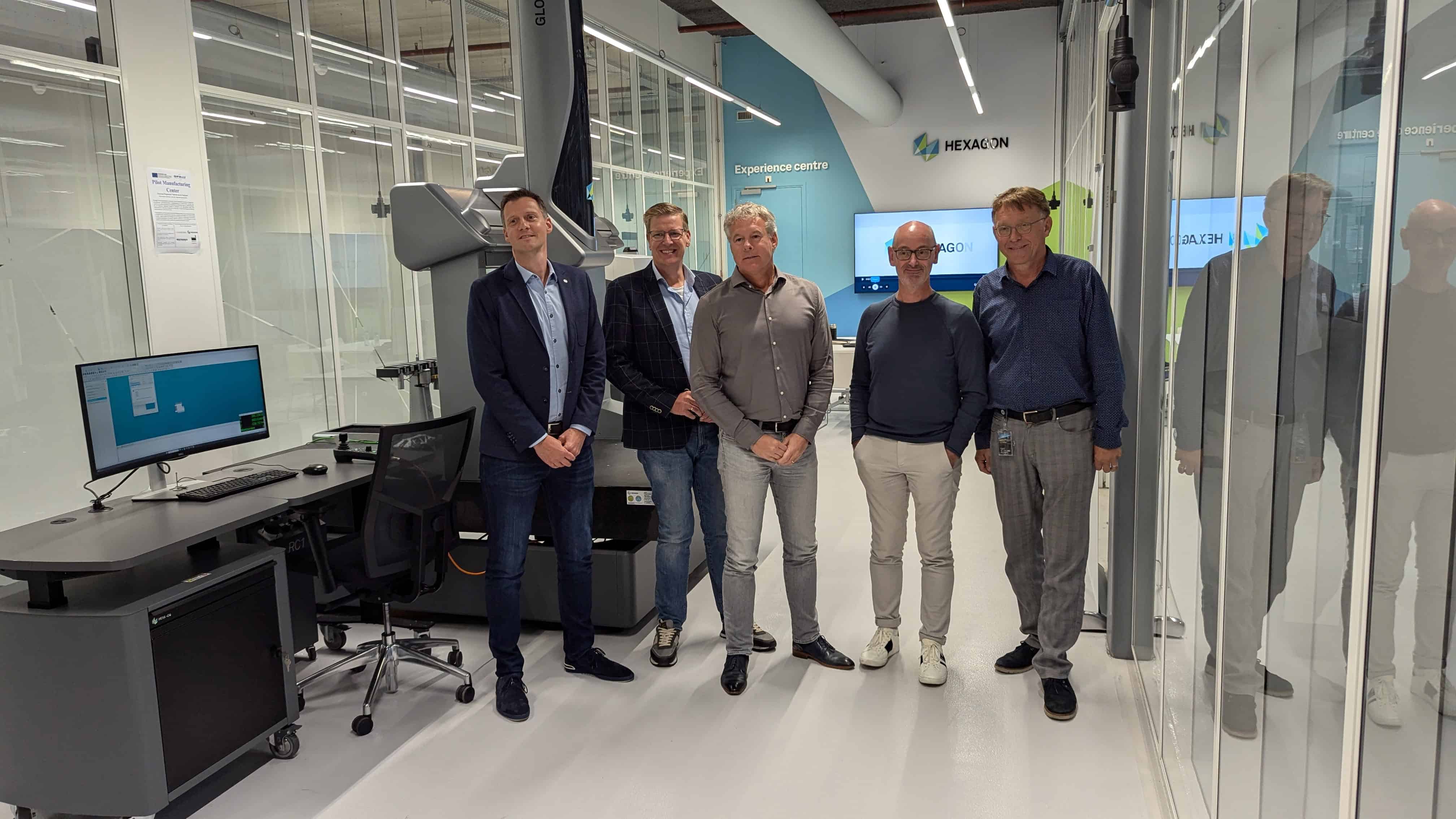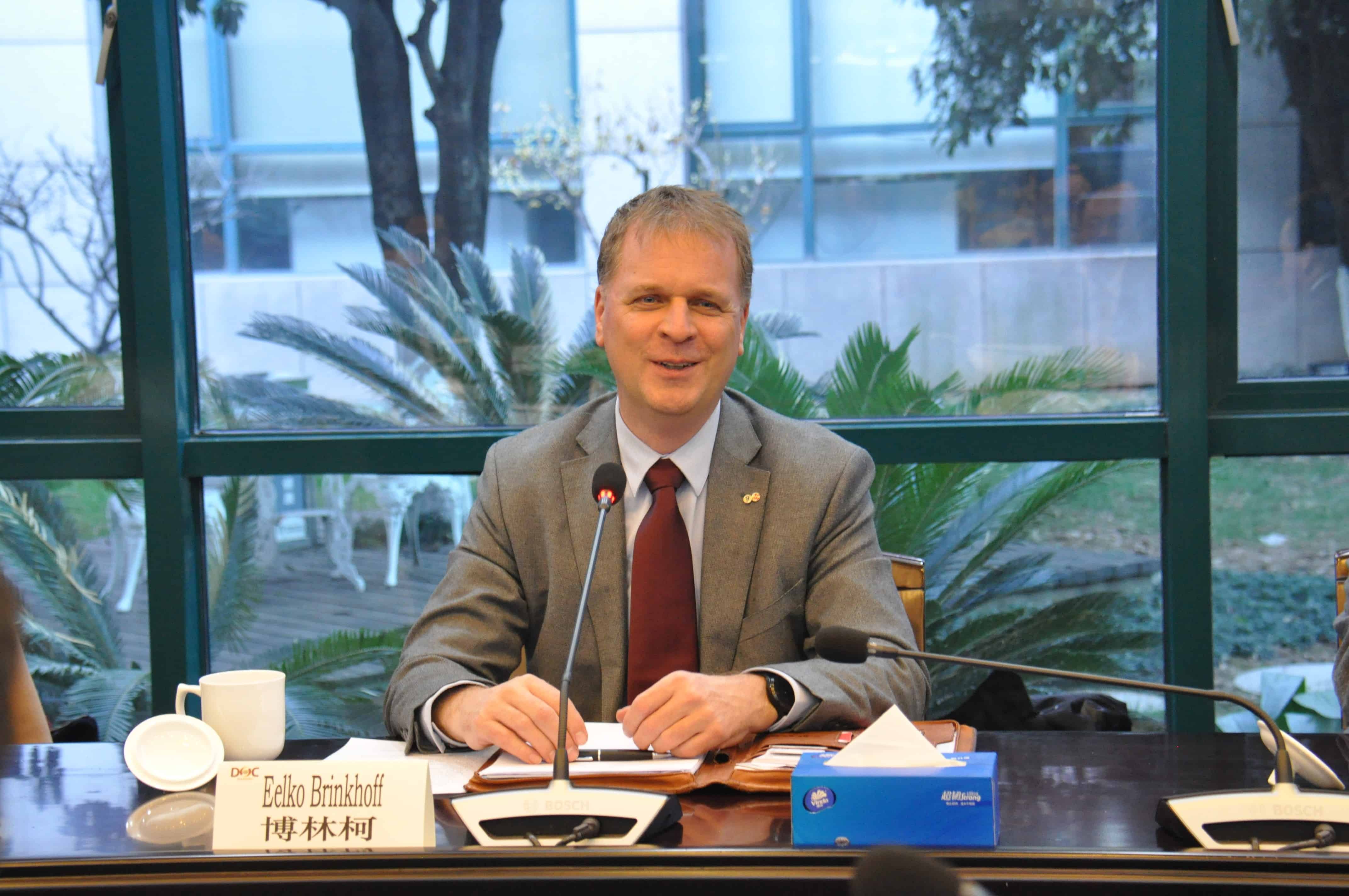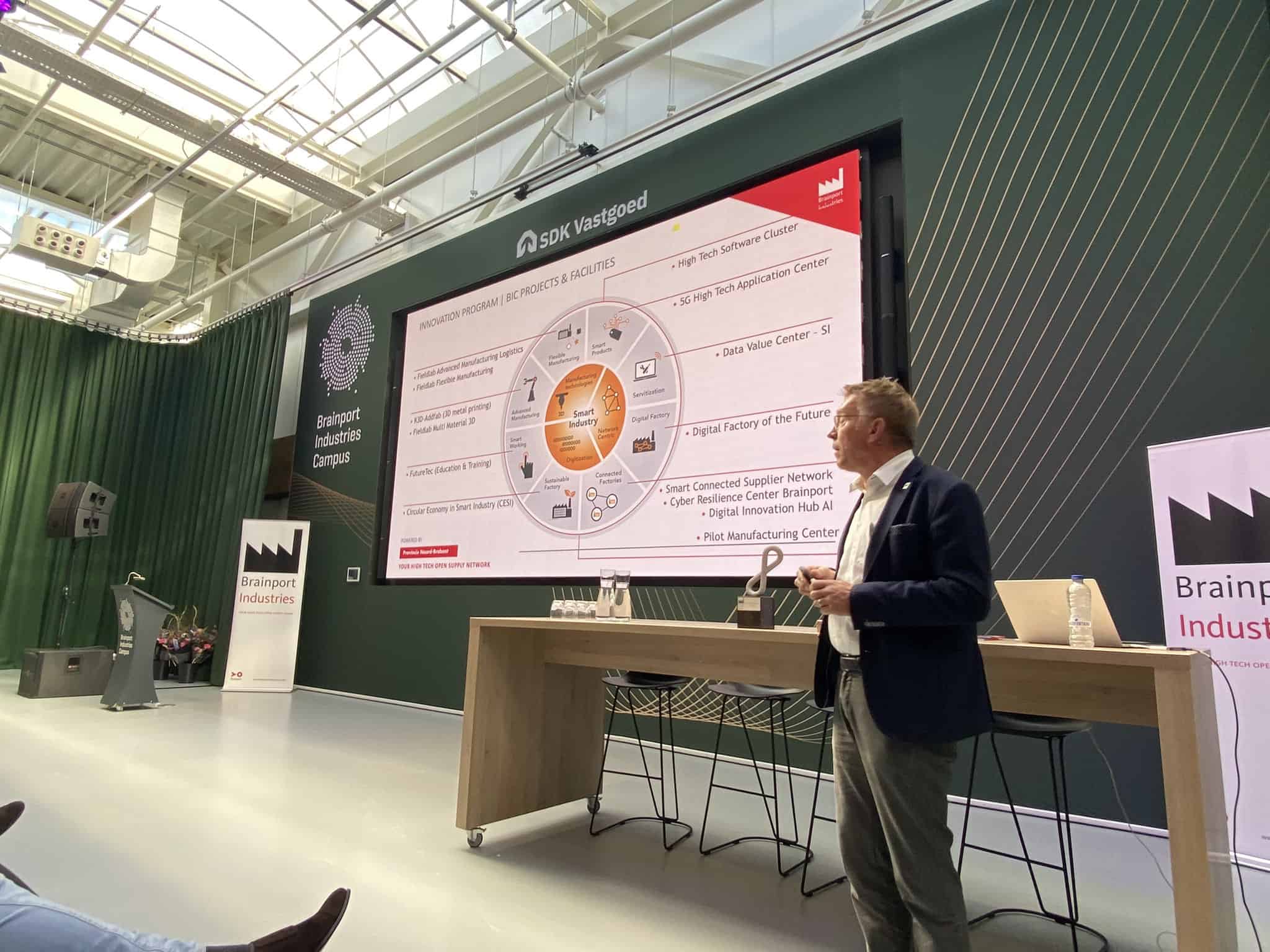
What is he proud of? Are there things he would have done differently? And what can we expect from Brainport Industries in the coming years?
John Blankendaal already saw the potential of the manufacturing industry during his time at the Brabant Development Corporation (BOM) over fifteen years ago. However, as he looks back, he does see a lack of cooperation in the overall supply chain. “We had all sorts of initiatives and partnerships, but there was a lack of cohesion between them. Soon the plan was hatched to bring the entire chain together. Not just the OEMs, such as ASML and Philips and their suppliers, but also educational and research institutions, development companies, investors and government. That was bound to have a real impact.”
Brainport Industries was eventually founded in 2011 by seven companies from the industry: NTS, Frenken, Eurotechniek, HTR, Van Berlo, Sioux and Van de Hoorn Buigtechniek. “Philips was also closely involved. The idea was – and still is, by the way is – to improve the competitive position of the Dutch manufacturing industry through collaboration.”
Brainport Industries now counts 106 member companies. How do you explain this growth?
“It indicates that the need to collaborate is enormous. Collaboration is important in a competitive environment. By acting more as a network you can share risks, accelerate innovation and bring products to market faster. I am convinced that competition increasingly takes place between different chains rather than between individual companies. More and more entrepreneurs, I think, are recognizing that acting together can have economic benefits.”
Is there a limit to the growth?
“Certainly, it has to remain manageable. Everyone is a member of the same club, but of course you are never working on the same project with 106 companies at the same time. What you do see is that within Brainport Industries, various instances of what I’ll call consortia of opportunities are cropping up again. These are companies that start an innovation program together and develop a business case for it. Other members get back to work on education. Or companies join forces under the Brainport Industries flag to attend the Hannover Messe or other trade fairs. Everyone takes up a theme relevant to them in small groups. That works very well.”
So how do you still ensure cohesion between all those companies?
“I see myself a bit like a conductor trying to maintain harmony in the orchestra by constantly engaging in conversation and listening, for example. But I also like it when people come up with their own input. There should always be time for jam sessions in between. To take the initiative. That is the beauty of this sector. People are enterprising, sincere and direct. I have yet to come across any hidden agendas. Everyone realizes that we have to do it together, that there is a kind of interdependence. We regularly look in on each other’s work; That’s how we know what’s going on.”
Blankendaal sighs. Because of the corona measures, everything is now digital. “MTA from Helmond, a long-time member with us, has had a new building for a year, but no one has been in it yet. That’s a shame. Everyone is super excited to meet up again soon – I hope around summer.”
What is the highlight of 10 years of Brainport Industries for you?
“There are of course a number of things to mention. The start of the innovation program Factory of the Future, for example. A lot is happening here concerning important topics in the industry. I think it’s great that the province (Noord-Brabant, ed.) and the BOM are so strongly committed to this. But the absolute highlight is the arrival of Brainport Industries Campus. That took a lot of energy and I see its success as a great achievement. Not by me alone, of course. I consider BIC to be our clubhouse where everything comes together. Here you will find educational institutions, production companies and their suppliers – all under one roof. I’m not saying that nothing happens in other places, but what comes together here is unique. BIC gives the innovative manufacturing sector a face. Even abroad.”
Are there things you would have done differently in retrospect?
After a short silence on the other side of the line, Blankendaal starts thinking out loud: “I certainly didn’t do everything right, but I don’t know if I would have tackled things differently. Tricky. Perhaps in small details. But I’m happy about the big picture. Maybe I sometimes want to go too fast, but that’s just the nature of the beast. Could we have achieved more with more people? The extent of your resources also determines how far you can go. We have achieved a lot with a modest team in recent years.”
You’ve been involved from the very beginning. How do you keep a fresh outlook?
“I have indeed been around for a while. As I get older, I see things come along more often. It is important for me to keep an open mind. I am constantly sparring with people in the field, going everywhere, seeing and talking a lot. I also want to see how companies do things internationally or in other sectors so we can learn from them. That curiosity is in me. I’m not a techie; I don’t know anything about technology. But it does force me to look at things in a different way.”
What are you looking forward to in the near future?
“To further help the manufacturing industry, I am convinced we need to cooperate even more closely with the EU, so that is what I am going to work towards in the coming period. This is not only very important, it’s also fun. I enjoy the diversity of activities in any case, starting from the influx of talent through education to setting up innovation programs. That variety keeps my work enjoyable.”








